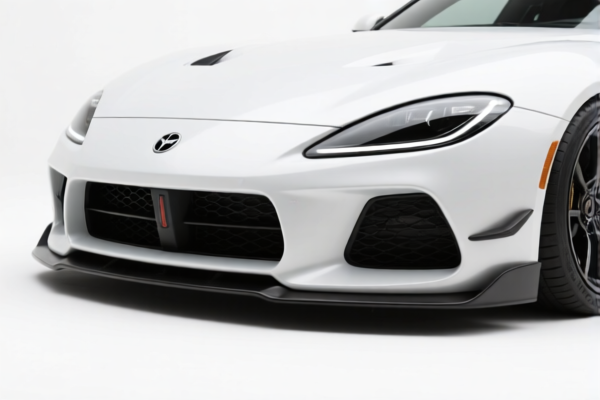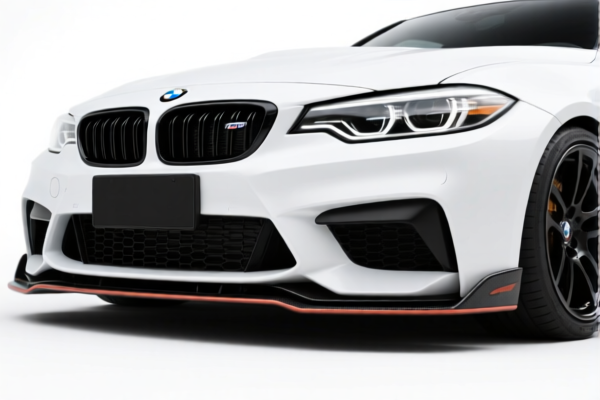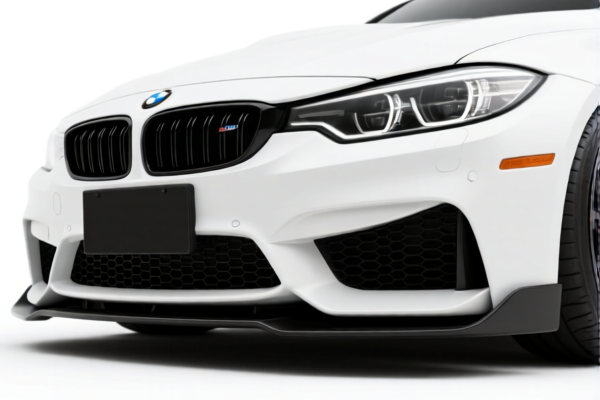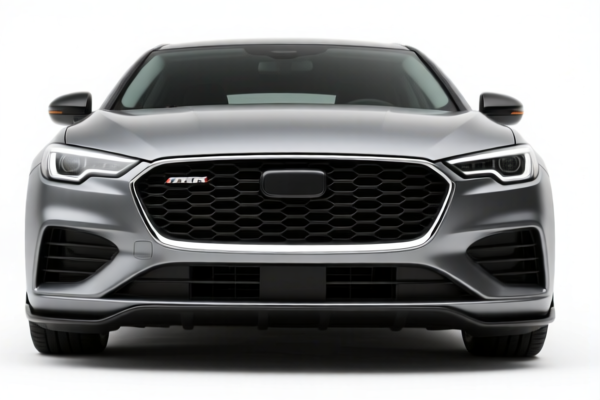| HS Code | Official Doc | Tariff Rate | Origin | Destination | Effective Date |
|---|---|---|---|---|---|
| 9404909670 | Doc | 37.3% | CN | US | 2025-05-12 |
| 9403704015 | Doc | 55.0% | CN | US | 2025-05-12 |
| 9403993005 | Doc | 55.0% | CN | US | 2025-05-12 |
| 3926903300 | Doc | 36.5% | CN | US | 2025-05-12 |
| 3926909950 | Doc | 42.8% | CN | US | 2025-05-12 |
| 3921901100 | Doc | 59.2% | CN | US | 2025-05-12 |
| 3921901500 | Doc | 61.5% | CN | US | 2025-05-12 |
| 6304996040 | Doc | 33.2% | CN | US | 2025-05-12 |
| 6304193060 | Doc | 43.8% | CN | US | 2025-05-12 |
| 6307908500 | Doc | 35.8% | CN | US | 2025-05-12 |
| 6307909885 | Doc | 37.0% | CN | US | 2025-05-12 |




Bumper Pads
Bumper pads are protective cushions affixed to the inside of a crib to prevent infant injury from collisions with the hard crib slats. They are typically used during the first several months of a baby’s life, before the infant is mobile enough to stand or climb. However, their use is now widely discouraged by pediatricians and safety organizations due to suffocation and entrapment risks.
Material
Historically, bumper pads were constructed from a variety of materials including:
- Fabric: Cotton, polyester, and other woven fabrics form the outer covering.
- Filling: Polyurethane foam, polyester fiberfill, or batting provide cushioning.
- Support: Hardboard or plastic shells were often used as a base to maintain shape, particularly in older models.
- Mesh: Some modern designs incorporated mesh panels for increased breathability, though these have not been proven to eliminate the risks.
Purpose
The primary intended purpose of bumper pads is to:
- Prevent Entrapment: To keep an infant’s head, arms, or legs from getting stuck between the crib slats.
- Reduce Bruising: To cushion impacts against the crib sides, potentially minimizing bruising from collisions.
- Prevent Limb Entanglement: To avoid limbs getting caught in the slats, which can lead to injury.
Function
Bumper pads function by creating a soft barrier between the infant and the rigid structure of the crib. They are secured to the crib slats using ties or fasteners. The padding absorbs some of the impact force from collisions.
Usage Scenarios
- Newborns: Initially used for newborns to provide a softer environment within the crib.
- Early Stages of Development: Employed as the infant begins to move and roll within the crib.
- Transitioning from Bassinet: Used when transitioning a baby from a bassinet to a full-sized crib.
Common Types
- Standard Bumper Pads: Traditional, padded bumpers covering all four sides of the crib. These are the most discouraged type.
- Short Bumper Pads: Cover only portions of the crib sides. Still pose risks.
- Mesh Bumper Pads: Constructed with breathable mesh fabric. While marketed as safer, they haven't eliminated entrapment and suffocation hazards.
- Inflatable Bumper Pads: Utilize air-filled chambers for cushioning. These have also been found to present risks.
- Vertical Rail Guards: Fabric coverings that wrap around the vertical slats of the crib, providing a softer surface. These are generally considered safer than traditional bumper pads, but proper fit and secure attachment are crucial.
Safety Concerns: Pediatricians and organizations like the American Academy of Pediatrics strongly advise against using bumper pads due to the risks of suffocation, entrapment, and strangulation. Alternatives such as a properly fitted crib mattress and keeping the crib free of loose items are recommended to ensure a safe sleep environment.
Bumper pads are generally used to protect infants in cribs, preventing injury from collisions with the crib structure. They are typically made of fabric, often with internal padding for cushioning. Considering these characteristics, the following HS codes are relevant:
- 9404909670: This code covers mattress supports; articles of bedding and similar furnishing (for example, mattresses, quilts, eiderdowns, cushions, pouffes and pillows) fitted with springs or stuffed or internally fitted with any material or of cellular rubber or plastics, whether or not covered. This is applicable as bumper pads are stuffed articles used in conjunction with cribs, functioning as a form of bedding support. The total tax rate is 37.3%, comprising a 7.3% base tariff, a 0.0% additional tariff, and a 30% additional tariff effective April 2, 2025.
- 6304996040: This code covers other furnishing articles, excluding those of heading 9404; not knitted or crocheted, of other textile materials; other; other; other. This is relevant if the bumper pad is constructed primarily from textile materials and is not a knitted or crocheted item. The total tax rate is 33.2%, consisting of a 3.2% base tariff and a 0.0% additional tariff, with a 30% additional tariff taking effect on April 2, 2025.
- 6307909885: This code covers other made up articles, including dress patterns; other; other; furniture movers' pads of cotton. While primarily for furniture, if the bumper pad is made of cotton, this code may be applicable. The total tax rate is 37.0%, consisting of a 7.0% base tariff and a 0.0% additional tariff, with a 30% additional tariff effective April 2, 2025.
Regarding HS code 9404909670, please note that the goods are classified as mattress supports or bedding articles.
Regarding HS codes 6304996040 and 6307909885, the material composition is a key factor in determining the correct classification. If the bumper pad is primarily textile-based, 6304996040 may be more appropriate. If it is made of cotton, 6307909885 should be considered.
Customer Reviews
No reviews yet.